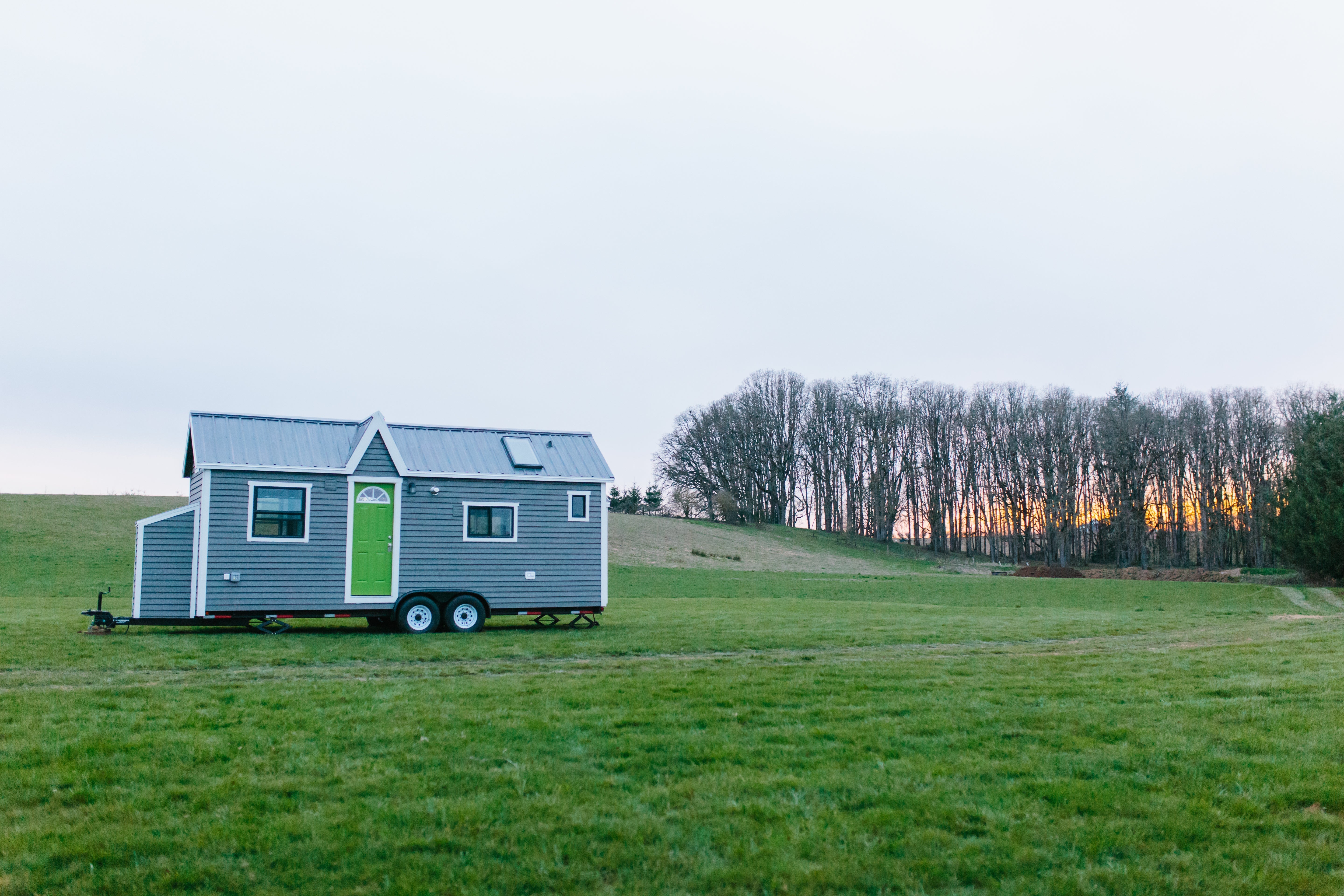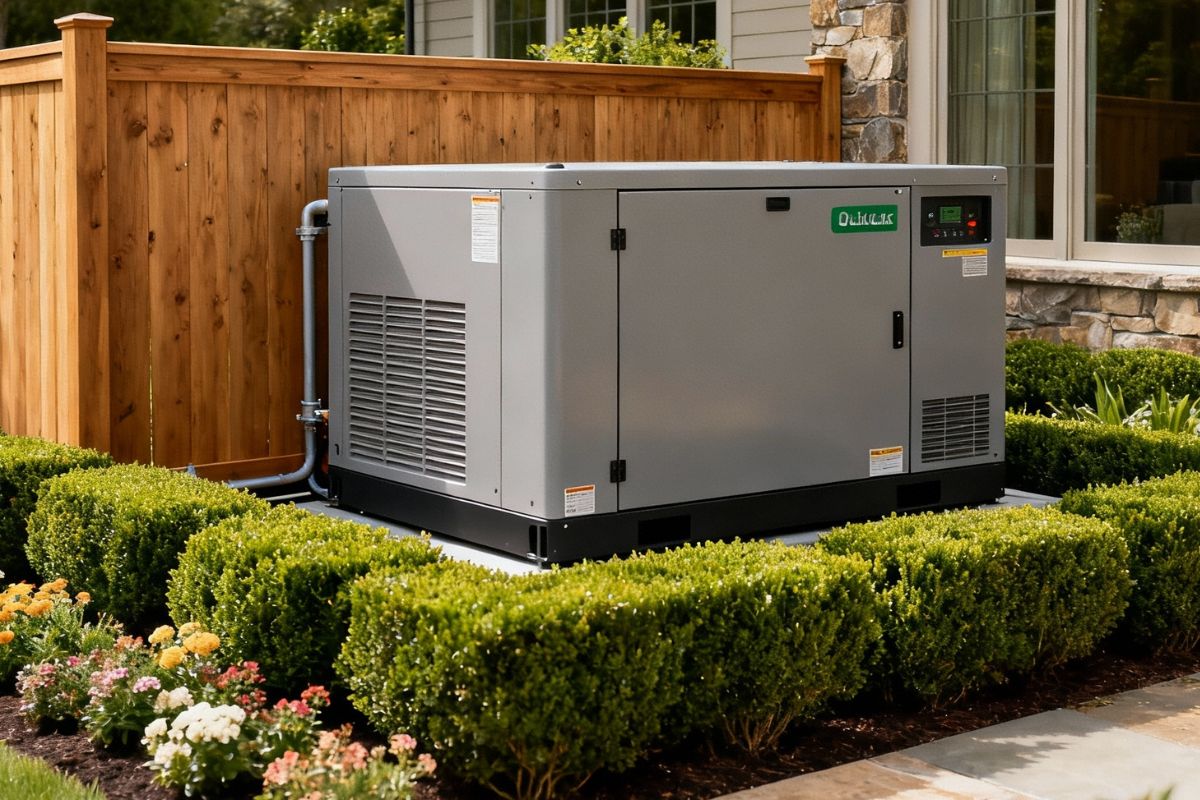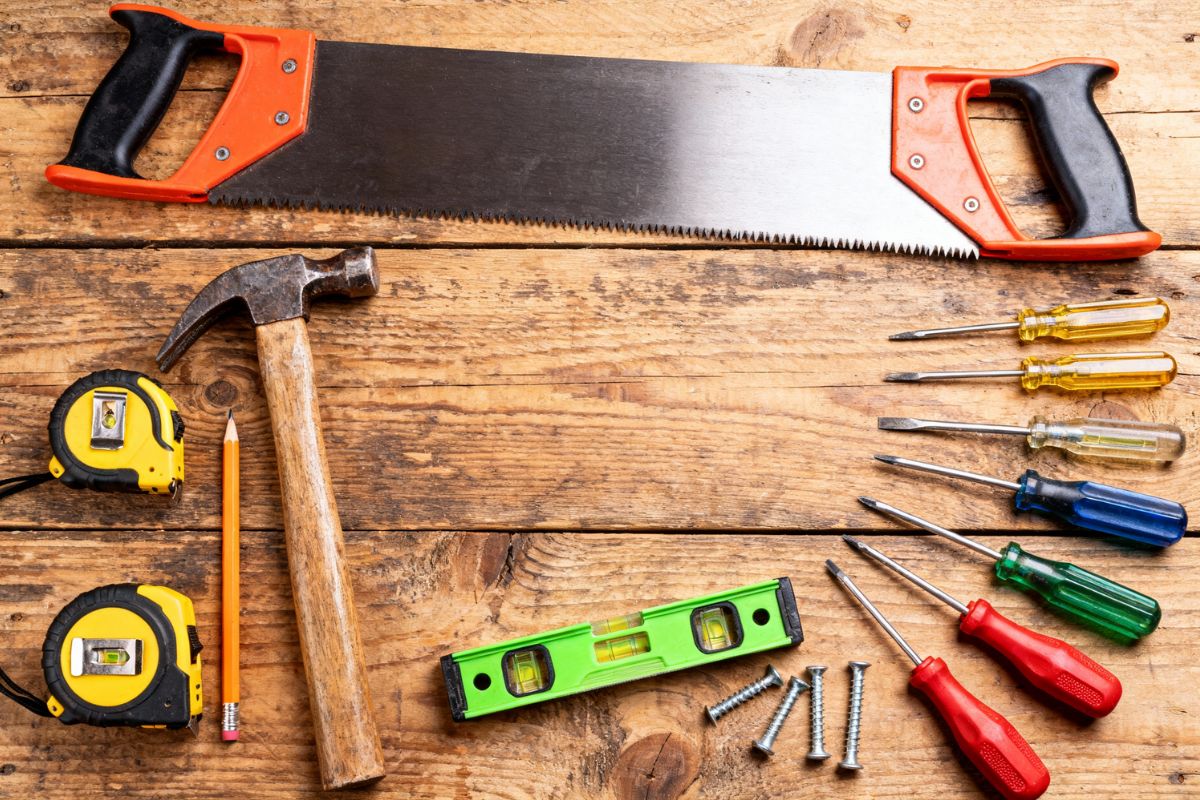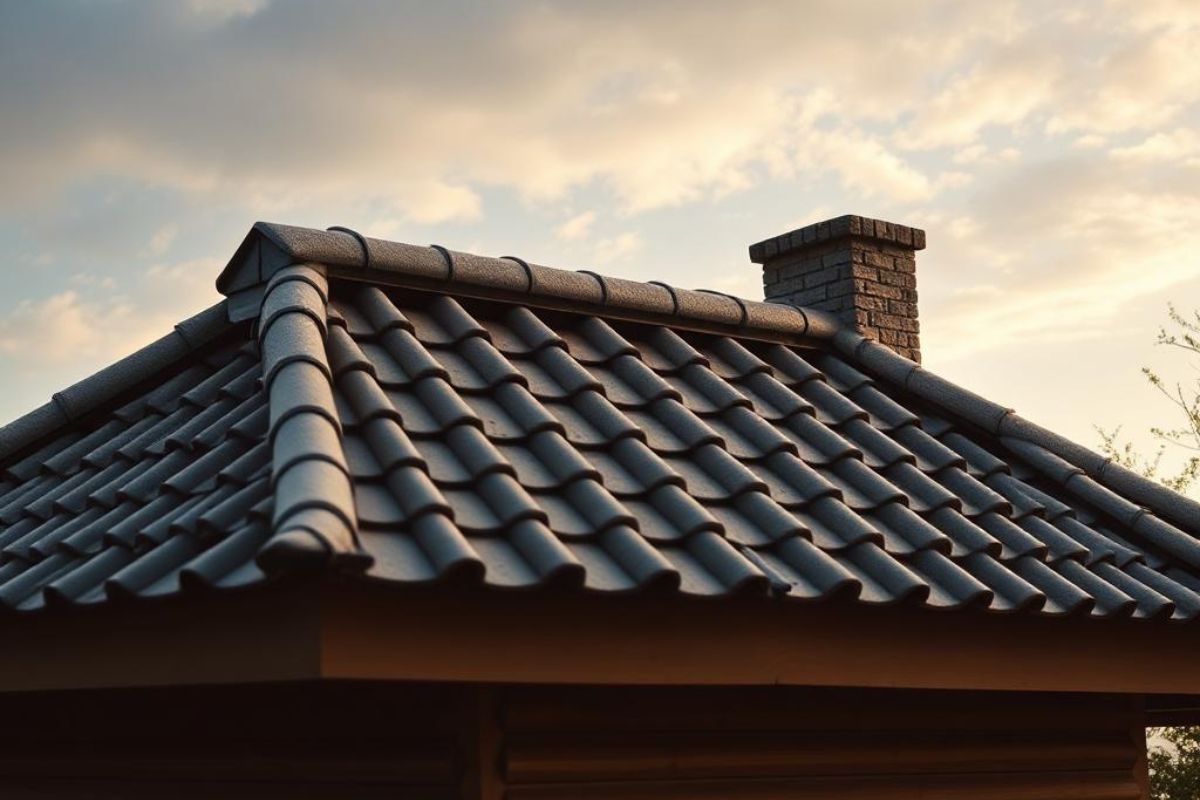Living off-grid in a tiny house can be rewarding if you embrace sustainable living. Choose a location with accessible land, natural resources, and a supportive community.
Opt for solar panels and energy-efficient appliances to power your home, and collect rainwater with filtration systems. Implement composting toilets and greywater systems for waste management.
Connect with local sustainable living groups for continuous learning and skill exchange. To enhance your off-grid experience further, numerous strategies await exploration.
Key Takeaways
-
Install solar panels and battery storage for a reliable renewable energy source.
-
Set up a rainwater harvesting system with filtration for sustainable water supply.
-
Use composting toilets and biodegradable products for efficient waste management.
-
Engage with local sustainable living communities for support and knowledge sharing.
-
Incorporate energy-efficient appliances and LED lighting to reduce energy consumption.
Choosing the Ideal Location
When choosing the ideal location for your tiny house, consider both practicality and personal preference to guarantee a harmonious living experience. Start by evaluating the land’s accessibility, ensuring it supports your daily needs and lifestyle.
Check for local zoning laws and regulations; compliance is essential to avoid legal complications. Prioritize proximity to natural resources like water sources or fertile soil, which can enhance sustainable living. Don't overlook climate, as it impacts insulation requirements and overall comfort.
Think about the views and serenity the surroundings offer—an inspiring environment boosts well-being. Finally, assess the community vibe. You'll want a supportive, like-minded community that respects off-grid living. By balancing these factors, you can find a location that truly complements your tiny house dreams.
Efficient Energy Solutions
Though living off-grid might seem intimidating at first, efficient energy solutions can make it both sustainable and comfortable. Start by evaluating your energy needs. Consider installing solar panels; they're a clean, renewable source perfect for tiny homes. Pair them with a battery storage system to guarantee you have power even when the sun isn't shining. Incorporating energy-efficient appliances can markedly reduce your consumption. Look for appliances with ENERGY STAR ratings to maximize efficiency.
LED lighting is another great way to save energy and reduce your carbon footprint. It's also essential to insulate your home effectively, minimizing heat loss in winter and keeping it cool in summer. Finally, use smart power strips to prevent energy waste from devices left on standby, maintaining your off-grid system's efficiency.

Water Collection and Conservation
Living off-grid requires a smart approach to water collection and conservation, guaranteeing a reliable supply without relying on municipal systems. Start by setting up rainwater harvesting systems; install gutters and downspouts to channel rain into storage tanks. Consider using food-grade barrels to avoid contamination. Invest in a quality filtration system to ascertain the collected water's safe for consumption.
For conservation, focus on low-flow fixtures to minimize usage. Dual-flush toilets and efficient showerheads can considerably cut down water waste. Implement greywater systems to reuse water from sinks and showers for irrigation. Always monitor your usage and storage levels to prevent shortages. Being mindful and proactive about water management will keep your tiny house sustainable and self-sufficient, no matter the weather conditions.
Waste Management Systems
Managing waste management systems in a tiny house is vital for maintaining efficiency and sustainability. You’ve got to think about how to handle both solid and liquid waste effectively. For solid waste, composting toilets are a fantastic option. They break down human waste into usable compost, reducing water usage and eliminating the need for a septic system. It’s important to manage kitchen waste, too. Consider investing in a small-scale compost bin for food scraps, which can later enrich your garden soil.
For greywater, a proper filtration system will help you reuse wastewater from sinks and showers. Confirm it’s safe for garden use by using biodegradable soaps and cleaning products. By implementing these waste management strategies, you’ll contribute greatly to a sustainable, off-grid lifestyle.

Optimizing Space Utilization
Maximizing every inch of your tiny house is essential to creating a comfortable and efficient living space. Start by evaluating vertical space—shelves and overhead storage can be lifesavers.
Use multi-functional furniture, like a sofa that doubles as a bed or a dining table that folds away when not in use. These pieces guarantee each item serves more than one purpose. Think about hidden storage too; under-bed drawers or staircase cubbies can keep clutter at bay.
Keep your design minimalist to avoid overcrowding. Every item should have a designated spot, and decluttering regularly will maintain harmony. Remember, in a tiny house, less is often more, so choose items that truly add value to your daily life.
Incorporating Renewable Materials
When planning your tiny house, consider the impact of using renewable materials—they’re not only eco-friendly but can also enhance the aesthetic and functionality of your space. Bamboo is a favorite for flooring due to its rapid growth and strength. Reclaimed wood adds character and reduces waste, perfect for countertops or wall accents.
Look into cork, a sustainable option for insulation and flooring that also provides soundproofing. For a unique touch, recycled glass countertops offer durability and a splash of color. Don’t overlook metal; recycled steel is incredibly strong and ideal for framing. By choosing these materials, you’re not just building a home; you’re making a conscious choice to support sustainability and reduce your carbon footprint while creating a beautiful, functional space.
Heating and Cooling Techniques
As you thoughtfully select renewable materials for your tiny house, consider how they can also play a role in efficient heating and cooling techniques. Insulate with materials like sheep’s wool or recycled denim to maintain a comfortable indoor climate. These sustainable choices regulate temperature without relying heavily on external energy sources.
Position your house to maximize natural elements. Large south-facing windows allow passive solar heating, while strategically placed vents encourage cross-ventilation, keeping the space cool. Install a mini wood stove for a low-impact heating option, using sustainably sourced wood.
Don’t forget the power of shading. Awnings or deciduous trees can block intense summer sun, reducing cooling needs. By integrating these techniques, you’ll create an energy-efficient environment that minimizes reliance on conventional power sources.
Growing Your Own Food
Embrace the freedom of growing your own food by transforming even the smallest spaces into productive gardens. Start with vertical gardening; use trellises or hanging pots to maximize space efficiency. Herbs like basil and mint thrive in window boxes, while cherry tomatoes and peppers suit compact containers. Choose crops wisely—opt for high-yield plants that adapt to limited areas.
Enhance soil quality with composting, turning kitchen scraps into rich fertilizer. This method boosts plant health and reduces waste. Consider a rainwater collection system to guarantee sustainable irrigation; it conserves water while nurturing your garden. Pay attention to sunlight exposure, as most edible plants require six to eight hours of direct light.
Transportation and Mobility Options
While nurturing your garden provides sustenance at home, exploring efficient transportation and mobility options extends your off-grid independence further afield. Consider investing in a reliable bicycle or electric bike. They’re perfect for short trips, offer excellent exercise, and leave no carbon footprint. For longer distances, a fuel-efficient vehicle or electric car can be a wise choice. If your area supports it, car-sharing services reduce costs and environmental impact.
Don’t overlook public transportation, either. Trains and buses can be cost-effective and eco-friendly, connecting you to urban resources without the need for personal vehicles. Additionally, plan your errands wisely to minimize travel and maximize efficiency. With the right choices, you’ll enjoy sustainable mobility while maintaining your off-grid lifestyle.

Building a Community Network
Forging strong community connections is essential for thriving in an off-grid lifestyle. You’ll find that a robust support network offers practical benefits like resource sharing, skill exchanges, and emotional support. Start by seeking out local groups or online communities focused on sustainable living. Attend workshops and events to meet like-minded individuals who share your values.
Offer your skills and knowledge in exchange for help with tasks you’re less familiar with. This give-and-take builds trust and enriches everyone’s experience. Don’t underestimate the power of being part of a community that understands the unique challenges and joys of off-grid living.
Stay open to learning from others’ experiences, and actively engage in conversations and activities. This network will become an invaluable part of your sustainable lifestyle.
Conclusion
Living off-grid in a tiny house offers a rewarding and sustainable lifestyle. By carefully choosing your location, you can harness natural energy efficiently. Prioritize water conservation and invest in effective waste management systems.
Make the most of your space with smart design and explore heating and cooling techniques that suit your environment. Consider growing your own food for self-sufficiency and explore eco-friendly transportation. Build a community network for support and shared resources, ensuring a fulfilling off-grid experience.






Share: